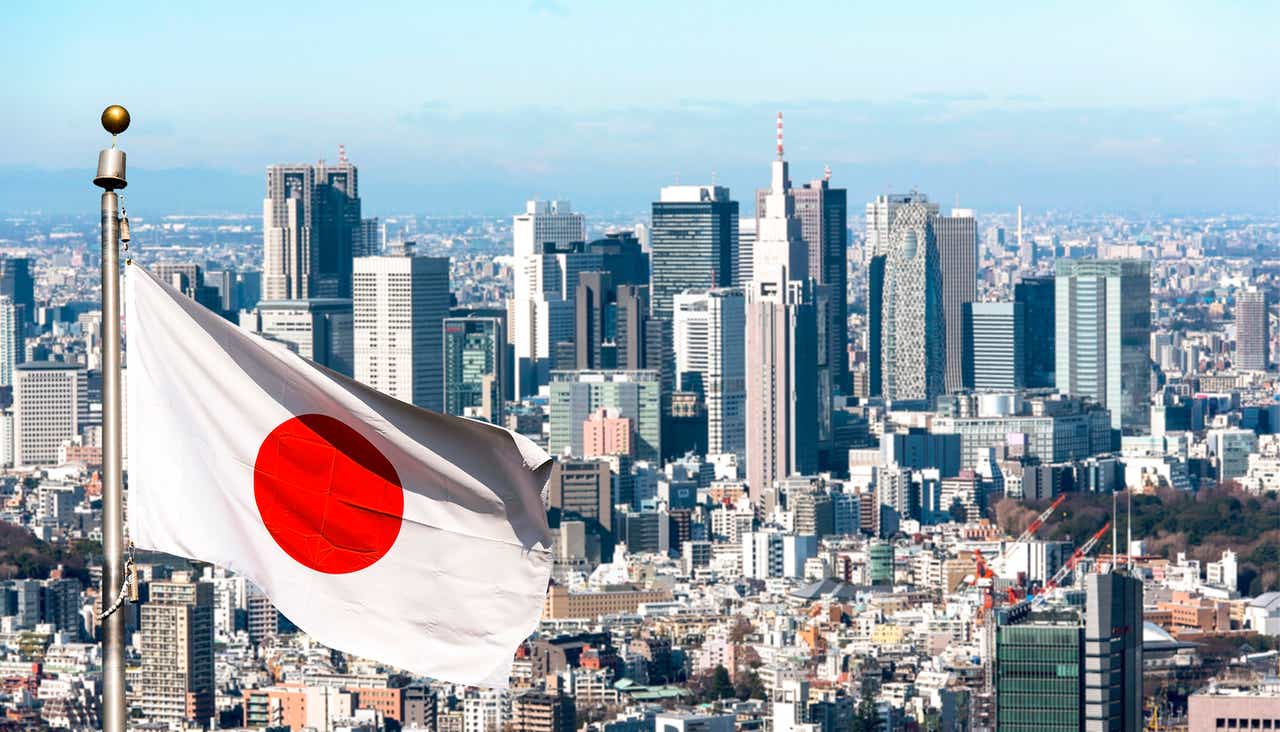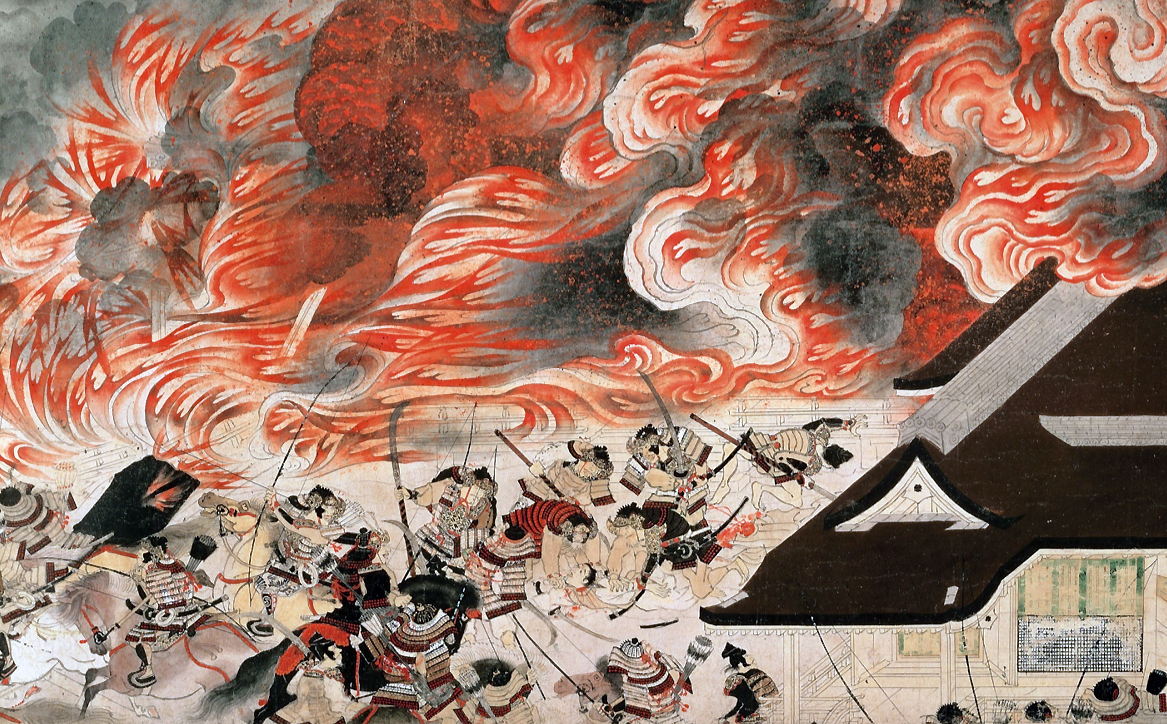"A Historical Overview of Japan"
Japan, often referred to as the "Land of the Rising Sun," has a history as extraordinary and dynamic as its unique geography. From ancient beginnings to its current status as a modern economic powerhouse, Japan's historical journey has been marked by resilience, innovation, and rich cultural depth. This article provides a detailed outline of Japan's history, highlighting its pivotal periods, cultural evolution, and significant events that shaped its national identity.
1. The Ancient Period (Jōmon and Yayoi Periods)
Jōmon Period (14,000–300 BCE)
Japan's history begins in the Jōmon period, named after the cord-marked pottery that characterizes this era. During this time, the inhabitants of the Japanese archipelago were hunter-gatherers who lived in semi-permanent settlements. They developed a rich material culture, creating intricate pottery, tools, and jewelry. Archaeological discoveries reveal evidence of early spiritual practices and rituals, laying the foundation for Japan’s enduring connection to nature and spirituality.
Yayoi Period (300 BCE–300 CE)
The Yayoi period marked significant cultural and technological shifts, with the introduction of wet-rice agriculture, bronze tools, and iron implements from the Asian mainland. Social stratification began to take shape, and clan-based communities, known as "uji," emerged. This period laid the groundwork for the later formation of a unified state.
2. The Classical Period (Kofun to Heian Periods)
Kofun Period (300–538 CE)
This era is named after the massive, keyhole-shaped burial mounds, or kofun, constructed during this time. The period marked the rise of powerful clans and the establishment of the Yamato state, centered in present-day Nara. Yamato rulers began consolidating power, forming alliances with Korea and China, and embracing new influences, including Buddhism and Chinese writing. These developments played a crucial role in shaping Japan’s governance and culture.
Asuka Period (538–710 CE)
The Asuka period was characterized by the official adoption of Buddhism, championed by Prince Shōtoku, a progressive leader known for his political reforms. Confucianism and Chinese-style governance systems were also introduced, profoundly influencing Japan's political and social structures. The construction of the Hōryū-ji Temple, one of the world's oldest wooden buildings, stands as a testament to the era's architectural and cultural achievements.
Nara Period (710–794 CE)
The establishment of Nara as Japan’s first permanent capital marked a significant step toward centralization. The compilation of the Kojiki and Nihon Shoki, Japan's earliest historical chronicles, documented the myths, legends, and historical accounts of the imperial lineage, solidifying the Yamato court's divine authority.
Heian Period (794–1185 CE)
The Heian period is considered a golden age of Japanese culture. Kyoto became the imperial capital, and aristocratic life flourished, producing exceptional works of literature and art. Lady Murasaki Shikibu’s The Tale of Genji, often regarded as the world's first novel, was penned during this era. However, the imperial court's influence declined as powerful regional warrior clans began to rise.
3. The Feudal Era (Kamakura to Azuchi-Momoyama Periods)
Kamakura Period (1185–1333 CE)
This period saw the emergence of the samurai class and the establishment of Japan’s first shogunate under Minamoto no Yoritomo. The Kamakura shogunate was a military government that wielded real power while the emperor served as a symbolic figurehead. During this era, Japan successfully repelled Mongol invasions in 1274 and 1281, thanks to the "divine winds" or kamikaze, which became a symbol of national resilience.
Muromachi Period (1336–1573 CE)
The Muromachi period was marked by cultural achievements and political turmoil. The Ashikaga shogunate promoted the arts, fostering practices such as the tea ceremony, Noh theater, and ink painting. However, the Ōnin War (1467–1477) plunged the country into the Warring States period (Sengoku), a century-long era of regional conflict and instability.
Azuchi-Momoyama Period (1573–1600 CE)
During this period, Japan was unified under prominent leaders like Oda Nobunaga, Toyotomi Hideyoshi, and Tokugawa Ieyasu. These leaders implemented measures to centralize power, curtail the influence of regional warlords (daimyō), and boost economic growth. Hideyoshi's invasions of Korea (1592–1598) reflected Japan's growing ambitions beyond its borders.
4. The Edo Period (1603–1868)
The Edo period, under the Tokugawa shogunate, was characterized by stability, isolation, and cultural refinement. The shogunate enforced strict social hierarchies and policies of isolation (sakoku), limiting foreign influence. Despite this, Japan thrived economically and culturally during this time.
Cities like Edo (modern Tokyo) became centers of commerce and culture. Kabuki theater, ukiyo-e woodblock prints, and haiku poetry flourished, capturing the lives of ordinary people and the refined aesthetics of the period.
5. The Meiji Restoration and Modernization (1868–1912)
The Meiji Restoration ended the Tokugawa shogunate and restored imperial rule under Emperor Meiji. This era was marked by rapid modernization and Westernization:
- The abolition of the samurai class and feudal domains.
- Extensive industrialization, including the construction of railroads, factories, and modern infrastructure.
- Constitutional governance, culminating in the 1889 Meiji Constitution.
Japan's victories in the First Sino-Japanese War (1894–1895) and Russo-Japanese War (1904–1905) cemented its status as a rising global power.
6. The Taishō and Early Shōwa Periods (1912–1945)
Taishō Period (1912–1926)
The Taishō era brought democratic reforms and political liberalization. Labor unions, suffrage movements, and political parties gained prominence, but economic challenges and growing militarism hinted at future conflicts.
Early Shōwa Period (1926–1945)
Japan’s expansionist ambitions escalated during this time, leading to its involvement in World War II. The invasion of Manchuria (1931), the Second Sino-Japanese War (1937), and the attack on Pearl Harbor (1941) marked its aggressive foreign policy. The war ended with Japan's surrender following the atomic bombings of Hiroshima and Nagasaki in 1945.
7. Post-War Recovery and Economic Miracle (1945–1989)
Occupation and Reforms (1945–1952)
Under Allied occupation, Japan adopted a new constitution in 1947, renouncing war and promoting democracy and human rights. Land reforms and labor rights significantly improved socio-economic conditions.
Economic Miracle
From the 1950s to the 1980s, Japan experienced rapid economic growth, becoming a global leader in industries like electronics and automobiles. This period also saw the rise of a prosperous middle class and technological advancements.
8. Contemporary Japan (1990–Present)
Challenges of the Lost Decades
The 1990s marked the beginning of Japan's "Lost Decades," a period of economic stagnation following the burst of its asset bubble. However, Japan continued to excel in technology, culture, and diplomacy.
Cultural Renaissance and Global Influence
Japanese pop culture, including anime, manga, and video games, gained global acclaim, enhancing Japan's soft power. Events like the 2020 Tokyo Olympics showcased Japan’s resilience and innovative spirit.
Current Challenges
Japan faces demographic challenges, including an aging population and declining birthrate, which impact its economy and social structure. Efforts to promote gender equality and diversify the economy remain ongoing.
Conclusion
Japan's history is a testament to its adaptability and determination. From ancient beginnings to its role as a global leader, Japan has balanced tradition with modernization, evolving through challenges to shape its identity. Its story reflects the enduring human spirit’s ability to innovate, thrive, and endure.





